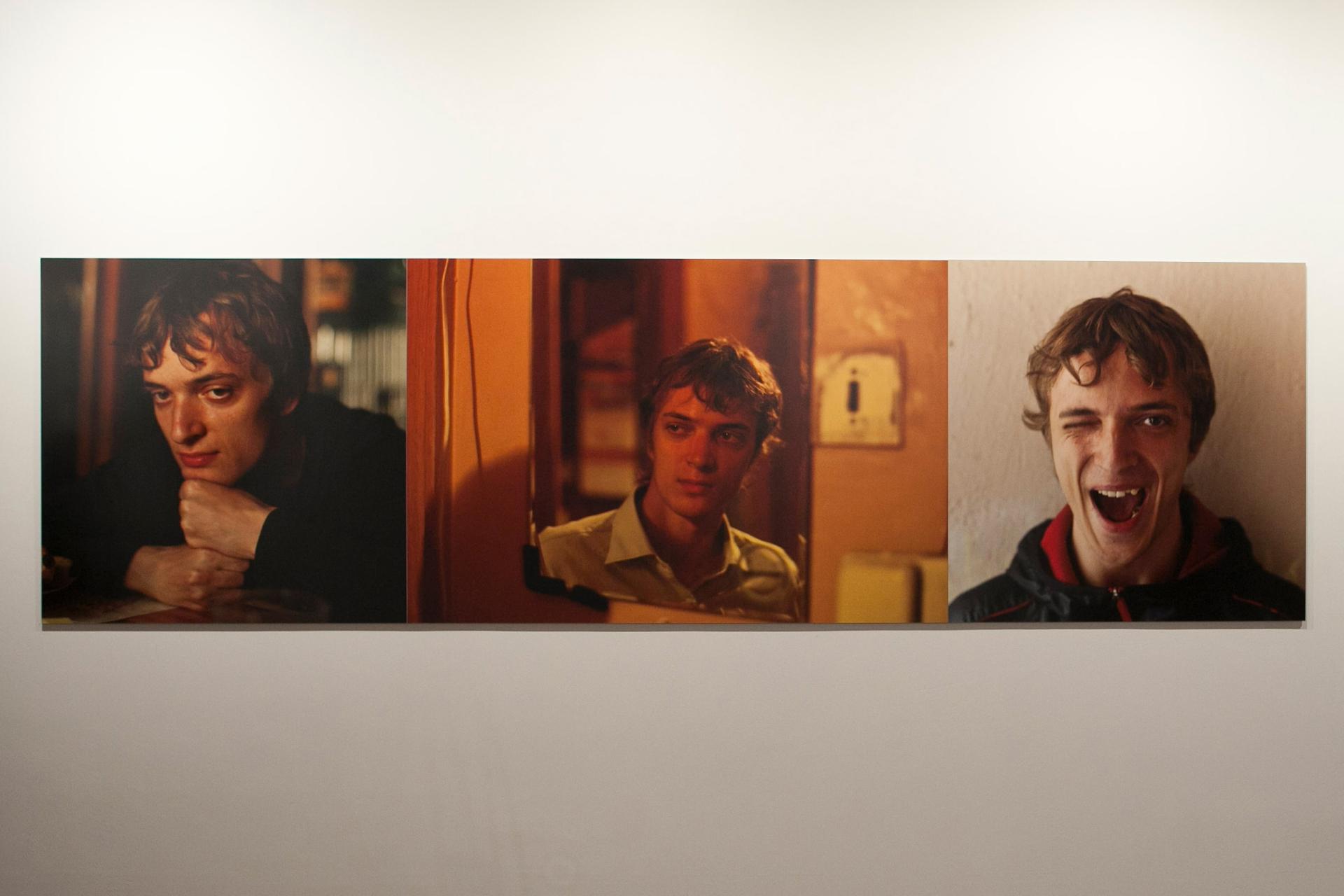
Stella Art Foundation presents an exhibition “The Shackles of Fame” dedicated to the 25-year-old pianist and composer Alexander Lubyantsev. Curator: Sergei Khachaturov.
Last year for the first time in the history of one of the world’s greatest classical music competitions, the Tchaikovsky Prize, an alternative, unofficial award was also made — the Critic’s Prize. This was an important gesture, helping to understand and admit that music, like any other art form, is not limited to a narrow circle of professionals. That critics, whose task is precisely to build bridges between the pros and the broad public, sometimes carry out their mission very convincingly, ensuring a genuine meeting between the tastes of the general public (both connoisseurs and amateurs) and the Prize jury.
The Critic’s prize was won by the 25 year-old Petersburg pianist Alexander Lubyantsev, whose solo concerts bore witness to a high and even exceptional level of musical mastery.
We should remember too that media recognition is not only a desirable goal, but also a great trial for a young musician. There are many well-known artists, some of them now successfully established on the concert circuit, for whom this recognition has involved what we might call a reduction of talent and transformation into the hostage of an image.
Our exhibition is about how a musician (and, more broadly, any artist) can endure the test of fame and how he balances a real appreciation of life (necessary for great artistic performance) with the onslaught of his own symbolic images, which might be compared with Baudrillard’s simulacra.
The artists taking part in the project address the idea of the border between the inalienable reality of the creative process and the stereotypes — clichéd forms of the artistic image — which the mass media demand from the artist. Natalia Kraevskaya “packages” our hero into the cocoon of the screen hero in Hollywood’s version of the Tolkien epic — loveable, but at the same time driven by a will to power. Alexei Politov and Marina Belova use the satirical graphic genre to highlight the moments, familiar to us all, of the musician’s artistic inspiration, breaking his communion with the piano “frame by frame” into an act of musical Kama Sutra. Maxim Rusakov builds a pedestal of piano-key steps for the pianist. Sergei Shutov paints the artist’s official portrait in a style close to pop-art and creates a video-simulation, where the heroes are the pianist’s fingers running across the keys, only soundlessly. Finally, Igor Mukhin uses the camera lens to try and capture the essential gap between different states: where a person is himself, and where is acting for the public.
Of course the artist himself is under attack in the exhibition space from these artistic images. They literally hem him in. In this situation his only option is to carry out his professional duty — both the cross he bears and his redemption — to play music.